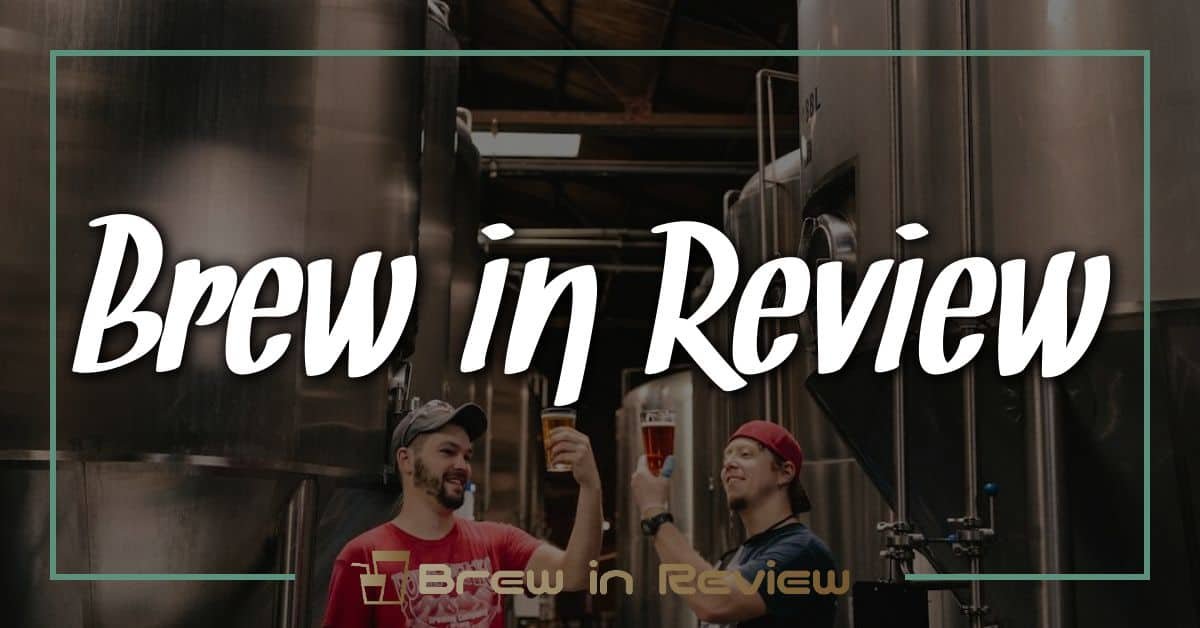When I think about beer, I often marvel at how much the packaging has changed over the years. From simple clay vessels to sleek aluminum cans, the evolution of beer packaging tells a fascinating story about innovation and consumer preferences. Each shift reflects not just advancements in technology but also the cultural significance of beer itself.
As I dive into this topic, I’ll explore how different materials and designs have shaped our drinking experience. Whether it’s the nostalgia of glass bottles or the convenience of cans, each packaging style has its own charm. Join me on this journey through time as we uncover the quirky history and surprising transformations of beer packaging.
The Evolution of Beer Packaging
I’ve seen firsthand how beer packaging has transformed over the years. Packaging shapes not just the product but also the drinking experience. I look back to ancient times when clay vessels held the first brews. These durable containers allowed for fermentation and transportation, but didn’t offer much in flavor preservation or convenience.
As I delve into history, I notice the arrival of glass bottles in the 17th century. These bottles offered protection against contamination and preserved beer’s quality. Additionally, the amber tint of these bottles prevented light exposure, maintaining the beer’s integrity. I admire how glass packaging has since evolved, offering various shapes and sizes that enhance both aesthetics and functionality.

Next came the rise of metal cans in the 20th century. Cans revolutionized beer packaging. They’re lightweight, stackable, and offer excellent protection from light and oxygen. This convenience aligns with modern lifestyles, allowing craft breweries and home brewers like me to expand their reach. The can’s ease of storage and transport is a game changer.
Current trends see breweries experimenting with eco-friendly materials. Biodegradable options and reusable packaging are on the rise, reflecting consumers’ growing environmental concerns. This shift aligns well with my values as a brewer who cares about sustainability.
In today’s market, packaging isn’t just functional. It tells a story. Unique designs on cans and bottles attract consumers and give them a glimpse into the brewer’s philosophy. Special editions and seasonal packaging cultivate excitement among fans, making the drinking experience more memorable.
Tracking the evolution of beer packaging reveals much about our brewing culture. It’s a fascinating journey, one that showcases innovation while becoming a canvas for creativity.
Historical Beginnings
Beer packaging has roots that trace back to ancient civilizations. Early brewers relied on clay vessels, sturdy but lacking in flavor preservation. These ceramic containers offered durability but often left beer exposed to air, which affected its taste.
Earliest Packaging Methods
I find it fascinating how early methods shaped our approach to brewing. Ancient Sumerians used clay amphorae around 3000 BCE to store beer. These amphorae, while functional, limited flavor protection. Later civilizations created wooden barrels that improved storage but still struggled with beer spoilage.
The Role of Glass Bottles
The introduction of glass bottles in the 17th century marked a major turning point. Glass offered a barrier against external contaminants and light, both critical for maintaining beer quality. It also allowed brewers to create unique shapes and designs, making branding possible. This development enhanced the drinking experience, giving consumers a sense of refinement with every pour.
Innovations in Packaging Materials
I’m excited to delve into the significant advancements in beer packaging materials that shaped how we store, transport, and enjoy our brews.
From Metal Cans to Plastic
Metal cans revolutionized beer packaging with their lightweight design and convenience, but the introduction of plastic containers brought its own set of challenges and benefits. Plastic offers flexibility and durability, making it less prone to breakage during handling. It’s also lightweight, allowing for efficient shipping. However, I worry about how plastic can affect the beer’s flavor and integrity. High-quality PET plastics aim to reduce oxygen permeability so that they don’t compromise the brew. As I experiment in my home brewery with various packaging options, I see the potential for innovation in both can and plastic forms, allowing more pathways for craft brewers to reach consumers.
Sustainability in Beer Packaging
Sustainability in beer packaging has become imperative. With an increase in eco-conscious consumers, many breweries now prioritize recyclable and biodegradable materials. I find it rewarding to explore options like plant-based plastics and even edible packaging. Craft breweries, including my own, are leading the charge by utilizing materials that minimize environmental impact. For example, some brewers embrace recycled glass and aluminum to reduce waste and energy consumption. I champion these efforts because they resonate with my belief that enjoying a good beer should also mean caring for the planet. Sustainable practices in beer packaging not only appeal to eco-minded drinkers but also enhance the overall narrative of the brewery.
Design and Branding Impacts
Design and branding play crucial roles in the evolution of beer packaging. As I dive into the realm of brewing, I notice how packaging not only influences consumer choices but also reflects a brewery’s identity.
The Art of Labeling
Labels transform bottles and cans into canvases for creativity. I appreciate how breweries use colors, typography, and imagery to convey the essence of their beers. Each label tells a story, often featuring unique artwork that captures attention on store shelves. For example, modern craft breweries often showcase local artists, connecting with their community while enhancing brand recognition. A well-designed label can communicate flavor profiles, style, or even the brewing process itself, making it an integral part of the experience.
Consumer Preferences and Trends
Consumer preferences continually shape packaging trends. I observe that today’s drinkers often lean toward sustainability; they favor products that use eco-friendly materials. Many breweries, including my own, prioritize recyclable cans and biodegradable labels. This shift reflects a growing awareness of environmental issues. Additionally, minimalist designs are gaining popularity as they exude sophistication and clarity. Increasingly, consumers want transparency about what they drink, prompting breweries to include detailed information about ingredients and brewing methods on their packaging. This trend fosters connection and trust between the brewery and its audience.
The Future of Beer Packaging
Beer packaging stands on the brink of exciting advancements. I see a future where sustainability and technology reshape how we experience beer, enhancing both its quality and our interaction with it.
Emerging Technologies
Emerging technologies play a crucial role in revolutionizing beer packaging. Smart packaging, which includes QR codes and NFC technology, enables consumers to scan and access detailed information about the beer’s origin, ingredients, and brewing process. This transparency builds trust between breweries and drinkers. Additionally, I notice developments in biodegradable materials, making packaging not only innovative but also environmentally friendly. With options like mycelium-based packaging and seaweed-derived films on the horizon, breweries can drastically reduce their environmental impact while keeping the beer fresh.
Predictions for the Industry
Predictions for the beer packaging industry include a significant shift towards sustainable practices. As consumers demand eco-friendly options, I see more breweries adopting 100% recyclable or compostable materials. Metal and glass packaging aren’t going away, but I expect a rise in plant-based plastics as they become more viable. The trend toward minimalist designs will likely continue, as clarity and transparency about ingredients resonate with modern drinkers. Breweries will need to adapt their branding strategies to reflect this focus. Together, these changes promise an exciting future for beer packaging that prioritizes quality, sustainability, and consumer engagement.
Conclusion
Beer packaging has come a long way and it’s fascinating to see how it mirrors our changing tastes and values. From ancient clay vessels to modern eco-friendly materials the evolution is not just about practicality but also about creativity and connection.
As I reflect on my own brewing adventures I can’t help but appreciate the role packaging plays in shaping our experiences. With exciting innovations on the horizon I’m eager to see how breweries will continue to blend sustainability with artistry.
It’s an exciting time to be a beer lover and I can’t wait to raise a glass to the future of beer packaging.




